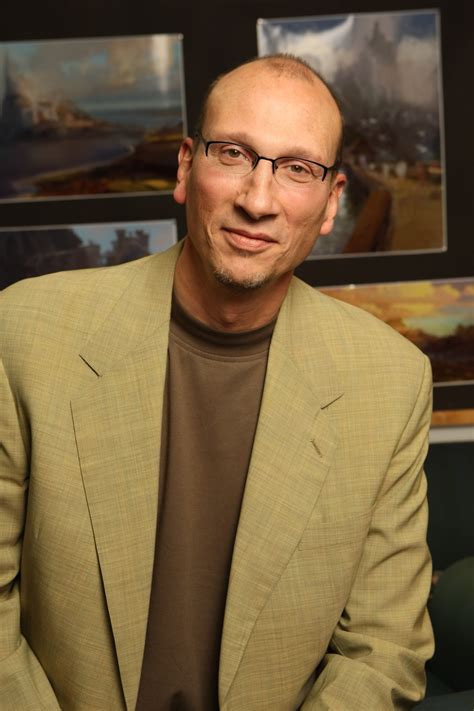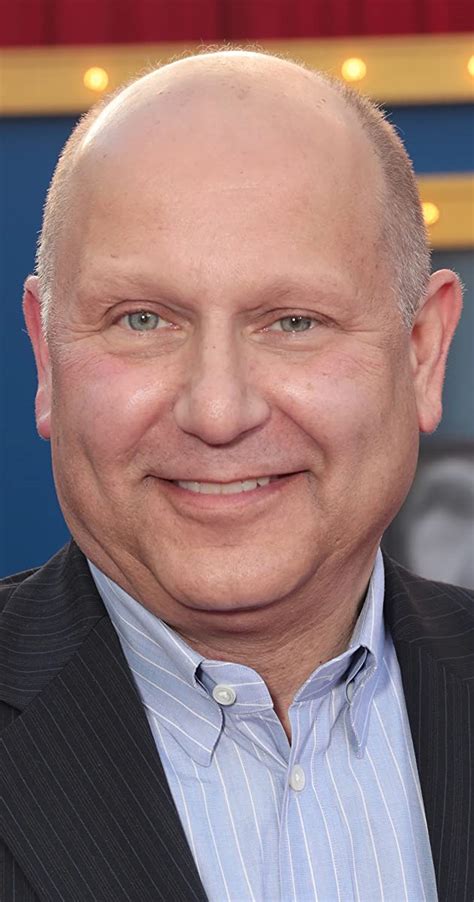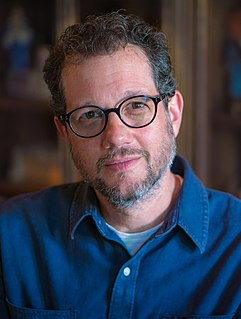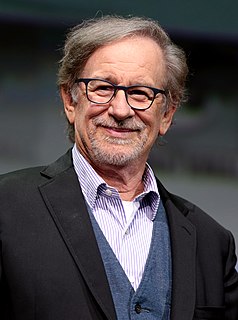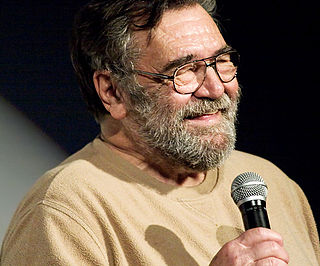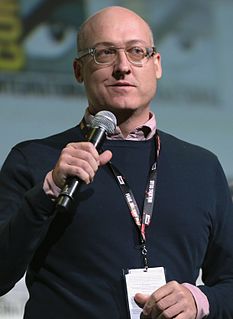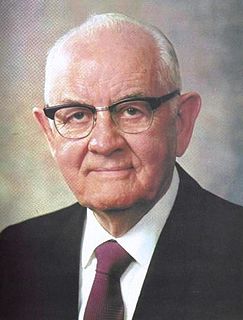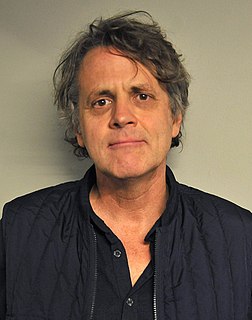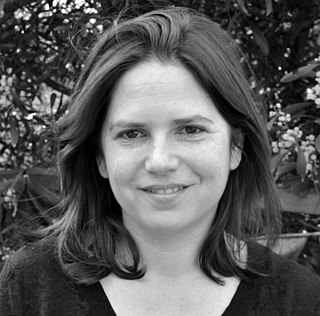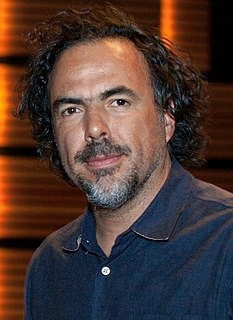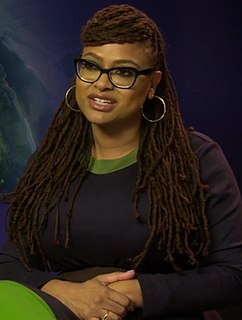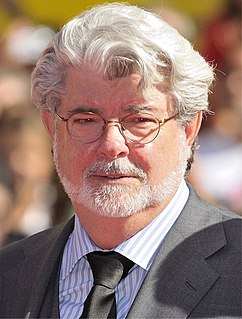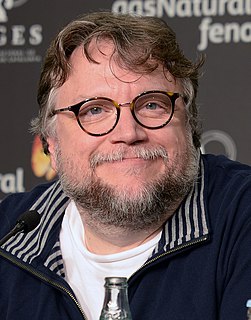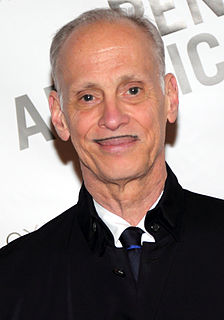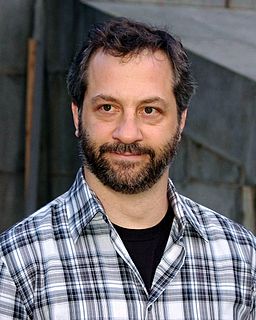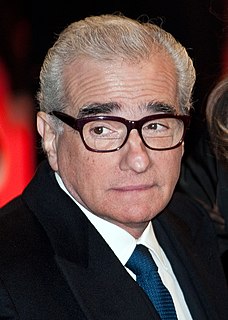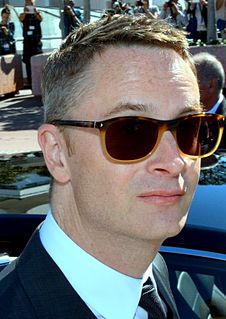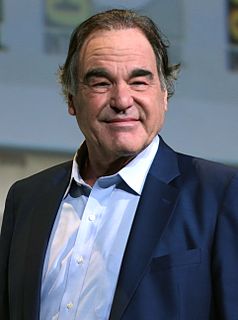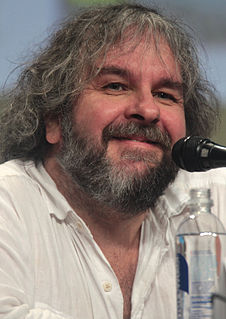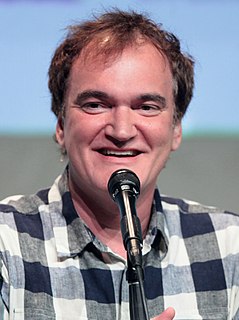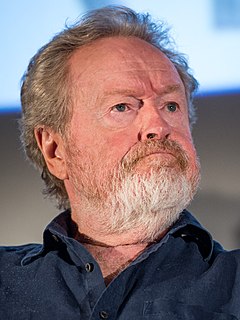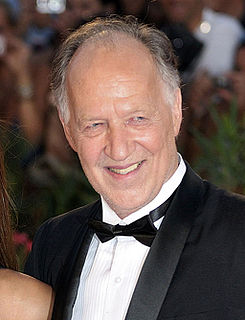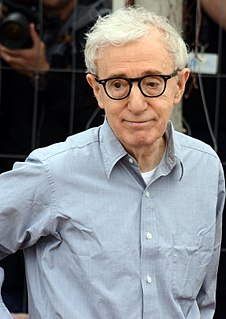A Quote by John Lasseter
If you're sitting in your minivan, playing your computer animated films for your children in the back seat, is it the animation that's entertaining you as you drive and listen? No, it's the storytelling. That's why we put so much importance on story. No amount of great animation will save a bad story.
Related Quotes
I so love the animation process. Interesting, everything that I do in animation, the kind of crafting and skills of storytelling, totally work within the structure of the Disney nature films. In a weird way, I like to think that animation is like painting, and Disney nature is like sculpting. Animation you start with a blank canvas and you paint. With Disney nature, you start with a big block of imagery and you hone it down into your final story. Somewhere you end up with something kind of pretty to watch.
I've always loved animation it's the reason why I do what I do for a living - the films of Walt Disney. This art form is so spectacular and beautiful. And I never quite understood the feeling amongst animation studios that audiences today only wanted to see computer animation. It's never about the medium that a film is made in, it's about the story. It's about how good the movie is.
No matter what happens with technology or whether you're in traditional animation or stop-motion or CG, the biggest challenge always is story. The flow of making the movie is usually determined by how your story is coming together, and when your story is straining and you can't quite get your hands around it, your entire production is straining.
Animation, for me, is a wonderful art form. I never understood why the studios wanted to stop making animation. Maybe they felt that the audiences around the world only wanted to watch computer animation. I didn't understand that, because I don't think ever in the history of cinema did the medium of a film make that film entertaining or not. What I've always felt is, what audiences like to watch are really good movies.
What could you do better for your children and your children's children than to record the story of your life, your triumphs over adversity, your recovery after a fall, your progress when all seemed black, your rejoicing when you had finally achieved? Some of what you write may be humdrum dates and places, but there will also be rich passages that will be quoted by your posterity.
Toward the end of the film ['Life, Animated'] we see 'The Sidekicks Story,' and that is a story that Owen drew himself. We took that style, which is decidedly different from Disney animation, and used it as a basis. It's a 'two-dimensional' hand drawn animated form, so I went to this company in Paris called 'Mac Guff,' and they assembled an amazing group of young animators, and brought it to life.
It [moviemaking] is about entertaining audiences with great characters and great stories, you want to make people laugh, you want to make people cry, you want to have great music that is memorable. You want a movie that, as soon as it's over, you want to watch it again, just like that. That's what it is, whether it's live-action, animation, hand drawn, computer, special effects, puppet animation, it doesn't matter. That's the goal of a filmmaker.
You look at Japan and Hayao Miyazaki's films are the biggest films ever made in Japan; domestically there and they play to critical acclaim around the world. He won't put more then 5 or 10 percent computer imagery in his movies. It's disappointing to me. It's a silly choice that some studios made to move out of animation. It's part of the unfortuneate preconception that I think the public has going into see animation.
The story, I like to say and remember, is always smarter than you—there will be patterns of theme, image, and idea that are much savvier and more complex than what you could come up with on your own. Find them with your marking pens as they emerge in your drafts. Become a student of your work in progress. Look for what your material is telling you about your material. Every aspect of a story has its own story.

